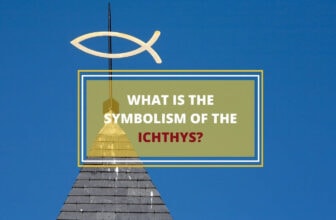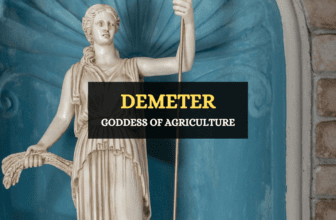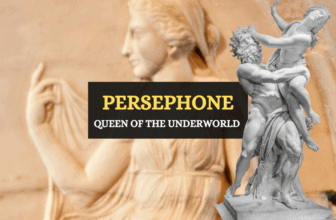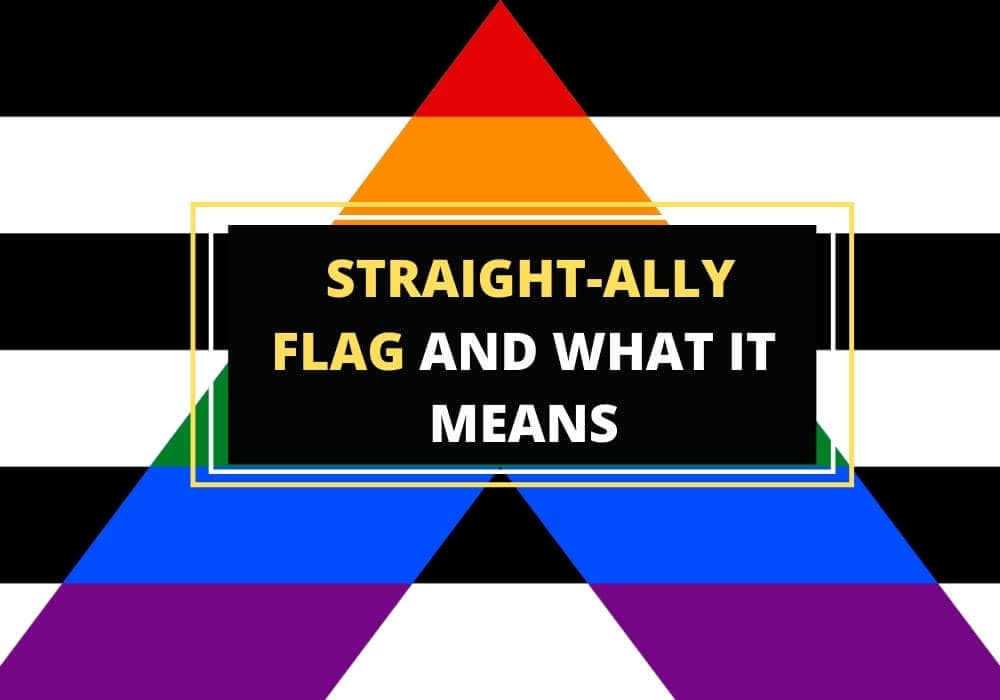
Table of Contents
The LGBTQ community consists of people from all walks of life and obviously those who identify themselves as part of the long and colorful gender spectrum. While heterosexual and cisgender people are technically not a part of this community, straight allies are more than welcome to stand up and fight for the rights of LGBTQ people.
Who are Straight Allies?
A straight ally is a heterosexual person who actively supports and stands up for LGBTQ+ rights and equality. These allies are key in fighting against discrimination like homophobia, biphobia, and transphobia.
They use their position in society to challenge negative attitudes and work towards a more inclusive environment for LGBTQ+ people. Being an ally means more than just accepting LGBTQ+ people; it involves actively fighting for their equal rights and fair treatment in all areas of life.
Straight allies learn about the issues LGBTQ+ people face and speak up to highlight these concerns, especially where they might be overlooked. They talk with other straight people to address prejudice and spread accurate information, helping to build a more accepting society.
Allies also participate in Pride parades, advocacy campaigns, and educational events to show their support. Most importantly, being a straight ally is about listening to LGBTQ+ people, standing with them, and striving for a world where everyone is respected and valued, no matter their sexual orientation or gender identity.
What are the Levels of Allyship?
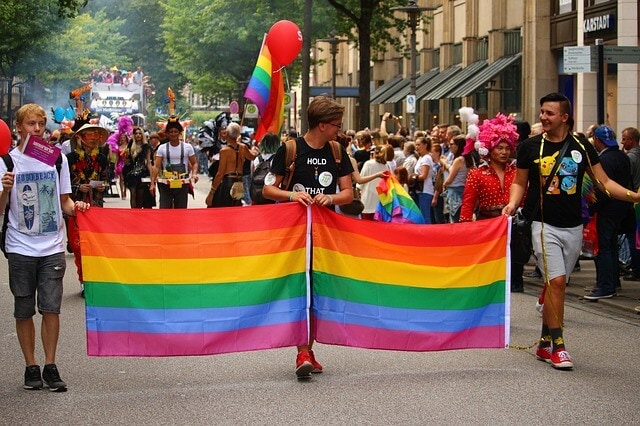
As an active supporter of the LGBTQ community, a straight ally also has to deal with a few roadblocks and be willing to challenge that. However, just like any allyship, there are certain levels of being empathetic to a cause.
Level 1: Awareness
Allies on this level recognize their privilege over other sectors but are not involved in the fight for gender equality. In other words, these are heterosexuals who don’t discriminate against any member of the LGBTQ community and that’s about it.
Level 2: Action
These are allies who know their privilege and are willing to act on it. Straight allies who join the Pride march, who go out of their way to craft legislation and end systemic oppression against the LGBTQ community belong to this level.
Level 3: Integration
This is knowing that an ally has imbibed the change he or she wants to happen in society. Integration is a slow process of discovery, action, and awareness, not just of social injustices, but of what he or she has been doing to address that. It’s a personal process that involves reflection.
What Does the Straight Ally Flag Mean?
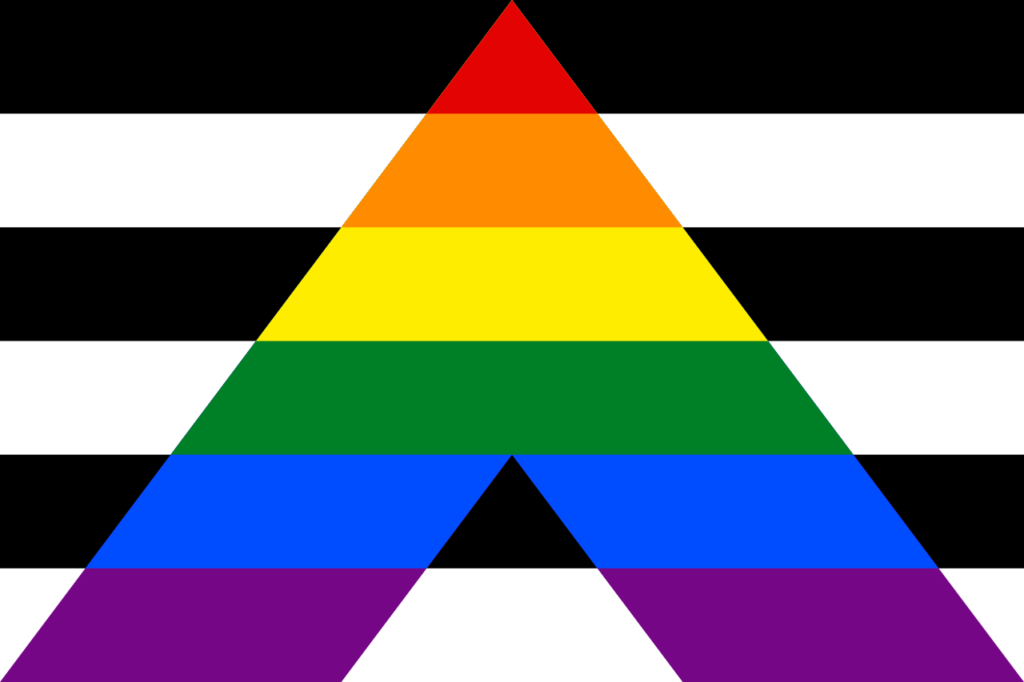
Considering the importance and impact of straight allies in the ongoing battle for gender equality, at some point, an official straight ally flag was invented.
There are no accounts as to who designed the straight ally flag, but we do know it was first used in the 2000s. This specific flag for heterosexual allies was made by combining the straight flag and the LGBTQ pride flag.
The LGBTQ pride flag was invented by army veteran and LGBTQ member Gilbert Baker in 1977. Baker used the colors of the rainbow to represent unity amid diversity within the LGBTQ community itself. Baker’s colorful flag was first hoisted during the San Francisco Gay Freedom Day Parade on 1978, with famous gay rights activist Harvey Milk bearing it for all to see.
However, you should know that the straight ally flag does not have the original eight-colored flag made by Baker. Instead, the ally pride flag uses only the 6-colored one, sans the colors pink and turquoise.
The colors of the LGBTQ pride flag is seen in the letter ‘a’ written in the middle of the banner. This letter represents the word ally.
The straight ally flag also bears the straight flag, which consists of black and white stripes. The straight flag was actually a reactionary flag to that of the LGBTQ pride flag. It was invented by social conservatives in the 1900s as a political stance against gay pride. These groups composed of predominantly male figures believe that there is no need for gay pride or LGBTQ pride because nobody talks about straight pride.
With this in mind, combining a part of the straight flag into the straight ally flag can be seen as a way for cisgender people to distinguish themselves as outsiders of the LGBTQ community. And at the same time, by incorporating the rainbow flag into the straight flag, this symbolizes the possible harmonious partnership between LGBTQ members and heterosexuals who believe that gender equality is not optional but a rule that must be followed all around the world. After all, gender equality just means respecting human rights, regardless of sexuality.
Origin and History of the Straight Ally Flag
The straight ally flag started as part of the wider movement for LGBTQ+ rights. It was created to show visible support from heterosexual people to the LGBTQ+ community. The flag represents the support and alliance of straight individuals in fighting discrimination and supporting LGBTQ+ rights. Although its exact creation date isn’t known, it became popular in the early 2000s, during a rise in public discussions and actions for LGBTQ+ rights.
The design usually combines the LGBTQ+ community’s rainbow flag with a straight ally symbol, like a letter “A” or a heterosexual symbol, to show unity and support. The flag was made to be a clear sign that someone or a group, although not part of the LGBTQ+ community, stands with them in their fight for equality and acceptance.
Since then, the straight ally flag has become a sign of support and understanding. It bridges the gap between the LGBTQ+ community and heterosexual allies, showing that fighting for equality and acceptance is everyone’s responsibility.
Something to Remember
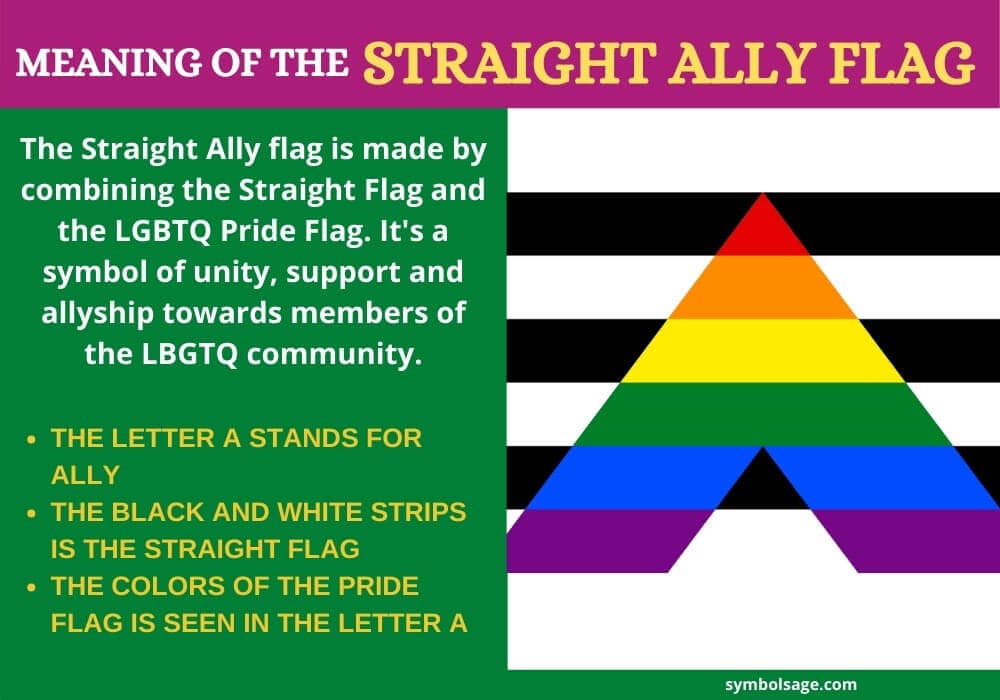
Bearing the straight ally flag is not just a trend. It comes with the understanding of the plight of LGBTQ people and the responsibility to do something about it.
Knowing that there’s an existing straight ally flag and that straight men and women are allowed to support the LGBTQ community is all well and good. However, for allies reading this piece, remember that supporting the community doesn’t mean you are required to brandish a flag or shout it out to the crowd. True LGBTQ allies know that support comes in many shapes and sizes.
For as long as you do not participate in discrimination against LGBTQ members and continue to push for gender equality, then you have all the right to call yourself a straight ally. But if you want to actively push for gender equality, then, by all means, go for it.
How to Be an Effective Straight Ally
To be a good straight ally, you need to actively support and understand the LGBTQ+ community, not just display the flag. Start by learning about LGBTQ+ issues, history, and challenges to understand their struggles and check your own biases. It’s important to listen to and respect LGBTQ+ voices, giving them space to be heard.
Actively support the community by going to LGBTQ+ events, joining advocacy campaigns, and speaking against discrimination in everyday life. Use your position to bring attention to LGBTQ+ issues, especially where they’re often ignored. Be respectful in your language, using correct pronouns and names, and correct others if they don’t.
Challenge societal norms about heterosexuality and gender. Push for policies that include everyone in your workplace, school, and community. Remember, being an ally means always learning and being open to feedback from LGBTQ+ people. Support LGBTQ+ businesses and creators, and donate to organizations fighting for LGBTQ+ rights. Your actions, big or small, help create a more inclusive and accepting society.








